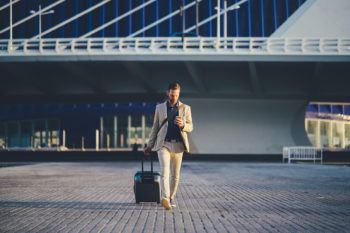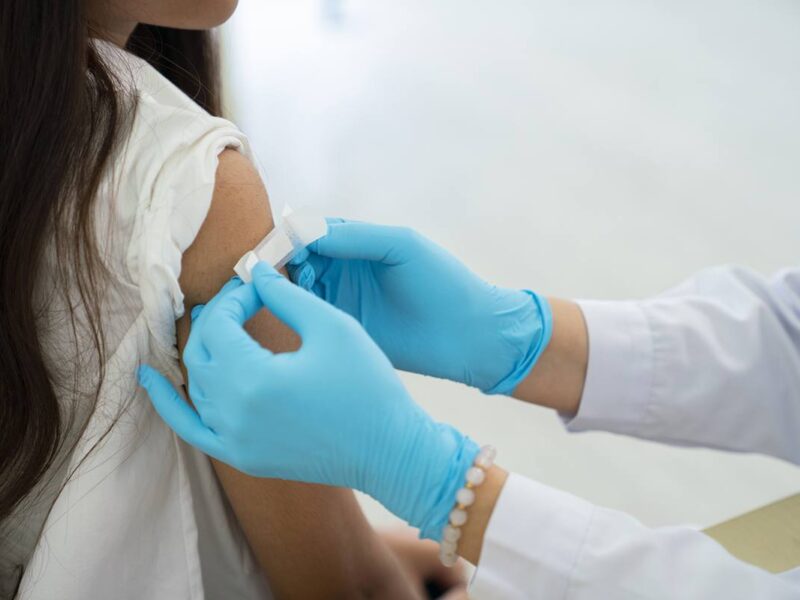Tourism In A World With COVID-19 Requires Responsible Tourists And A Coordinated Industry

The United Nations has reported that to date, tourism is the economic sector hardest hit by COVID-19.
“That is hardly surprising given that a record 1.5 billion tourists traveled internationally last year alone,” said Tazim Jamal, a professor in the recreation, park and tourism sciences department at Texas A&M University.
“The spread of disease around the world quickly affects all aspects of the industry: transportation, hotels, restaurants, and destinations,” she said.
Jamal and co-author Christine Budke, an epidemiologist with the Department of Veterinary Integrative Biosciences at Texas A&M, published a paper last month that summarized the need for strategic action in the face of threats to human health such as COVID-19.
“This is not the first global epidemic in living memory, or even the first caused by a coronavirus,” Budke said. “In November 2002, severe acute respiratory syndrome—SARS—broke out in Guangdong Province in southern China.”
It, too, severely affected the tourism industry as travel restrictions were implemented both for people from affected countries and people seeking to travel to affected countries.
The pattern unfolding so far in response to COVID-19 is much the same, although to a much greater extent than SARS, according to Jamal and Budke.
“Poorer populations in vulnerable destinations often bear the brunt of disease outbreaks more than others.” ~ Tazim Jamal
Not only is this new coronavirus highly contagious, it has created far greater economic and social disruption as our world has become more interconnected and mobile since SARS.
“As is always the case, there are numerous known and unknown factors in play,” Budke said. “No one has the complete picture of COVID-19 transmission today, or knows what exactly will happen tomorrow, but we must prepare now for a future when more people around the world will travel.”
While the current situation is fluid and changing daily, Jamal and Budke said that travelers should take precautions if they must travel internationally and that precautions should be considered holistically, with close attention to what is happening at the destination.
First, travelers need to be well informed about the disease and the risks of travel.
“Anyone planning to travel should implement guidelines for preventing infection,” said Budke. “They should also learn about the disease and current conditions at the destination—and keep up with new information as it becomes available.”
Second, travelers should fully weigh the implications of their presence at the destination.
“A leisure tourist could easily become a burden to the health care systems in regions where that infrastructure is less developed,” said Jamal. “You should consider whether you would be in the way of first responders, and if that is a risk worth taking.”
In addition, travelers must understand that regions already facing other crises (such as the locust infestation in East Africa or reputational issues following an outbreak of disease) could easily become overwhelmed by COVID-19.
As an example, Jamal noted that although Gambia reported no cases of Ebola during the 2013-2016 outbreak in West Africa, its tourism industry was devastated by a complicated mix of misinformation, racial discrimination and structural inequities.
Travel fears also affected other African countries such as Kenya, although Kenya is 3,000 miles from the epicenter of the Ebola outbreak* in Guinea, Liberia and Sierra Leone, where 99 percent of the cases were located.
“Misinformation too often results in discrimination and xenophobia,” said Jamal. “A good example is the decline in patronage that many Chinese restaurants in the United States have experienced as a result of COVID-19, when there is no connection between the restaurant and the outbreak that began thousands of miles away in Wuhan.”
The tourism industry has similar responsibilities before, during and after a pandemic, said Jamal and Budke.
Disaster preparedness and crisis management plans must be in place. Strong coordination within the industry and externally is essential to enable rapid response and information communication to tourism enterprises and tourists who risk being stranded by choosing to travel during a global disease outbreak.
In addition, tourism service providers should work with health officials to develop a strong health communication strategy, including providing medical facts and steps for reducing the risk of infection to everyone in the affected area.
Jamal and Budke observed that this coordination is often lacking during and after pandemics such as COVID-19 and natural disasters.
“The challenge is more than simply economic,” said Jamal. “Poorer populations in vulnerable destinations often bear the brunt of disease outbreaks more than others.”
When COVID-19 broke out in Wuhan, Jamal said, about 4,600 African students were enrolled in universities in Hubei Province, but they lacked embassy or consulate representation there, which left them highly vulnerable.
By keeping communication channels open between their own stakeholders and local and regional public health authorities, the tourism industry can help prevent and mitigate the results of pandemics and other large-scale disasters.
The World Health Organization (WHO) and the Centers for Disease Control provide information on disease outbreaks and also tips for travelers during the COVID-19 pandemic. The flow of accurate and timely information among travelers, the tourism industry, and health care professionals could help reduce the number of people affected, especially in more vulnerable parts of the world.
“In a post-COVID-19 world, we hope the tourism industry and tourists can play their part to ensure enjoyable travel experiences with justice, respect and care,” said Jamal.
And that’s a worthy goal, Jamal said, given that the United Nations World Tourism Organization estimates the number of people traveling internationally to increase to 1.8 billion by 2030.
* This link is no longer active and has been removed.
Media contact: Lesley Henton, lshenton@tamu.edu.





